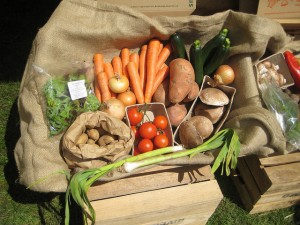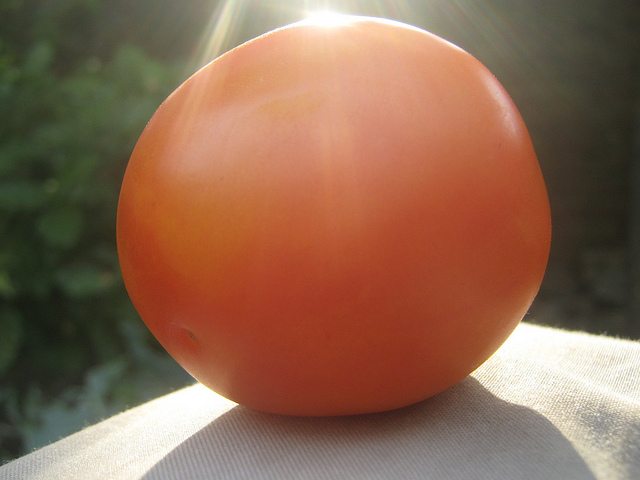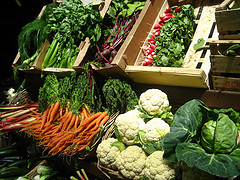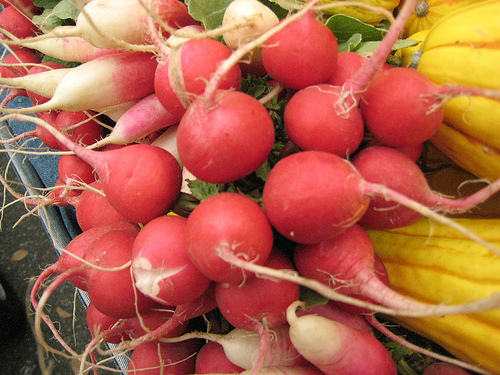 Being completely self-sufficient is an excellent goal; however, there are times when you need to accept a little outside help. Whether you had a hard time while planting your garden, simply didn’t have the room for all of the crops that you wanted to plant, or had a catastrophic crop failure due to bad soil or a drought, you will have to get some fruits and vegetables from an outside source. Rather than head straight to the grocery store or farmers’ market (which is definitely preferred over a grocery store, due the freshness and quality of the vegetables), consider signing up for a local CSA program.
Being completely self-sufficient is an excellent goal; however, there are times when you need to accept a little outside help. Whether you had a hard time while planting your garden, simply didn’t have the room for all of the crops that you wanted to plant, or had a catastrophic crop failure due to bad soil or a drought, you will have to get some fruits and vegetables from an outside source. Rather than head straight to the grocery store or farmers’ market (which is definitely preferred over a grocery store, due the freshness and quality of the vegetables), consider signing up for a local CSA program.
A CSA, short for Community Supported (or Shared) Agriculture, is a share in a local farmers’ vegetable crop. Some CSAs don’t require you to do any work in order to join, but others will want you to spend a certain number of hours a month helping the farmer by pulling weeds, picking vegetables or sorting them into baskets. There is a fee involved that can range anywhere from as little as $250 to as high as $600 for the duration of the growing season. It may sound high, but once you consider the fact that the standard CSA plan runs between 12 and 20 weeks, depending on your location in the country, the cost seems much more reasonable.
You get to choose the local farm that you want to go with, and, usually, can choose between either a full-share, which will feed between four to six people, or a half-share, designed for around 2 people. Some farms will include fruit in their shares, while others have strictly vegetables. Again, the choice is yours and you can go with the farm whose crops suit your needs.
Joining a CSA won’t make you less self-sufficient, since you’ll still have to cook your meals from scratch, and you’ll be doing plenty of home canning and pickling of the fruits and vegetables that you’ll receive. Although you may not receive a whole lot of produce during the first few weeks, by the end of the growing season, you could end up with several pounds worth of as many as 8 or 9 different types of vegetables. On top of that, since many farms diversify, you may have the chance to purchase some of their other goods at a discount. For example, you may be able to purchase your chosen farms’ fresh eggs, meat from their heritage chickens or pigs, or even cheese and milk made from their cows or goats.
There is a bit of risk involved. Since you’re purchasing your share in the early springtime, before the planting and growing season has even begun, you may find later on in the year that the farm has been at the mercy of the same weather that desiccated your garden. If, for some reason, their crops fail, you will not receive the amount of vegetables or fruits that you hoped for. However, keep in mind that you are supporting local agriculture and are helping to keep a small farm going that is probably not receiving government subsidies. So, you are not only keeping yourself self-sufficient, but you are helping them remain that way, as well.
Pic by AndyRobertsPhoto.




No comments yet.